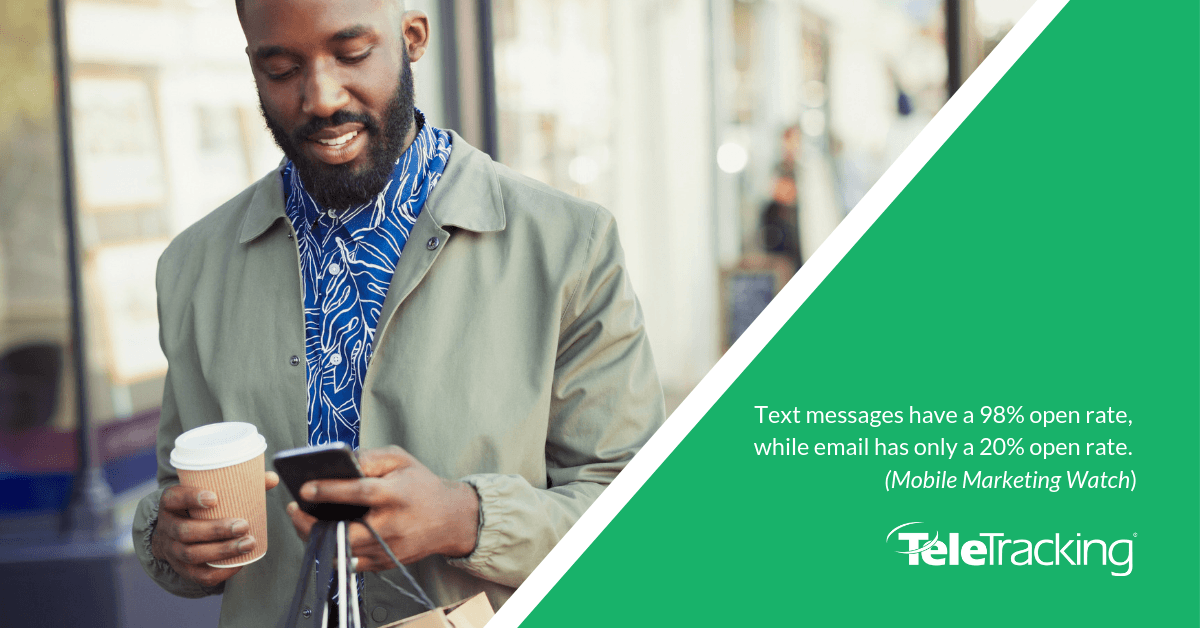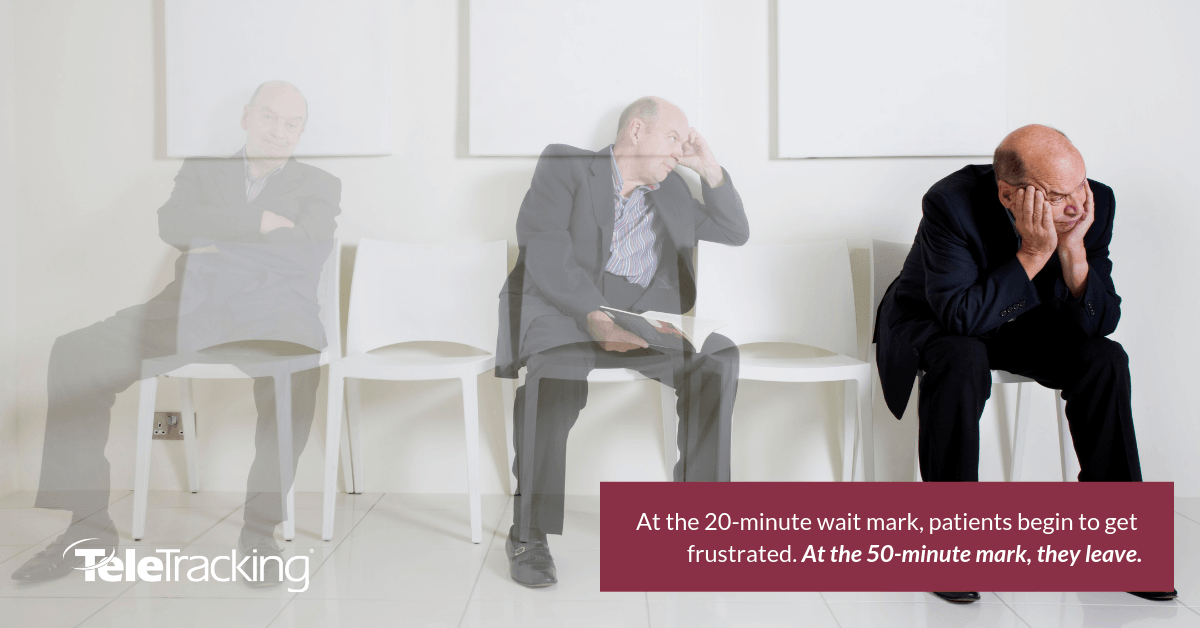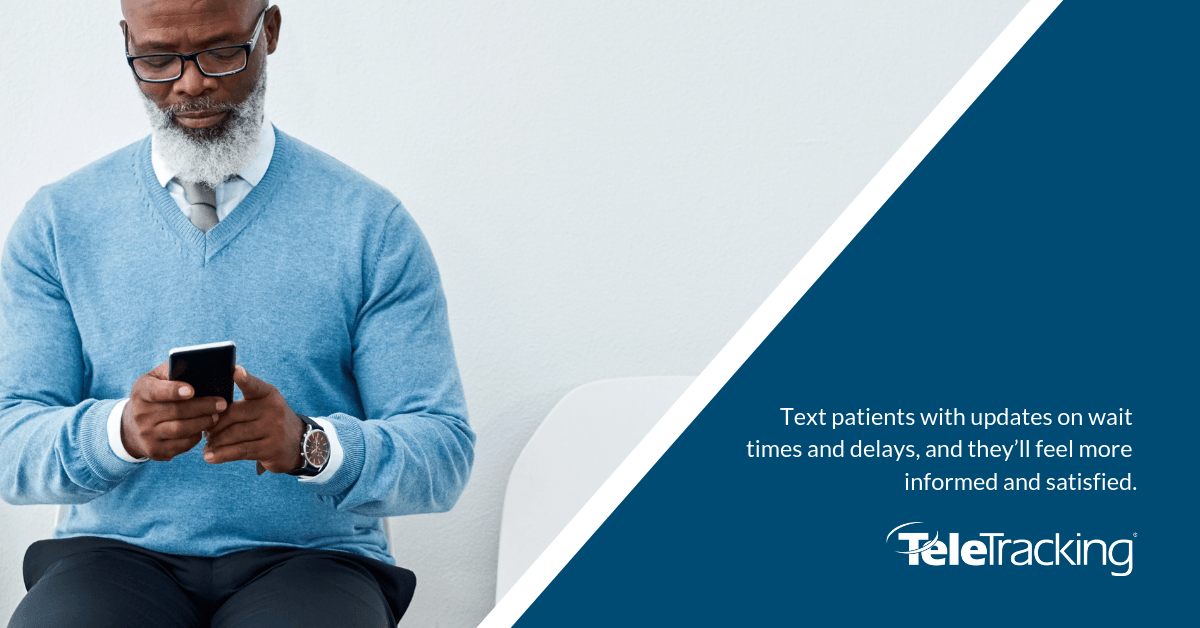The Power of the Text Message: Sending SMS Appointment Reminders Results in a More Positive, Engaged Patient Experience
The 1980s brought about a shift in healthcare to a “delivery of service line” strategy that focused on the satisfaction of the patient―basically the type of service model you expect when you visit a restaurant. This strategy continues to evolve as patient demographics, patient expectations, and technology shape the way providers and patients engage with each other. Consumers want more than basic services: they want to develop an emotional connection.
When healthcare systems adopt and implement customer experience strategies—like online appointment scheduling and sending SMS appointment reminders—patients feel that they have more access to their doctors, more control over their time, and have a better patient experience.
SMS appointment reminders to reduce patient no-show rates.
With more insight into their patients’ experiences, health systems can continue to hone their communications to improve attendance across the board. Sure, you can send a single confirmation email when the patient has successfully scheduled an appointment, but recent studies have shown that email has a 20% open rate.
Text messages, on the other hand—98% open rate. By designing a regular cadence of friendly text messages that remind the patient and engage them up to (and including) the date of the appointment, you’ll increase the chance that they get the message and reduce your no-show rates. When patients are more engaged, they’re happier and more satisfied.

The sequence of texts doesn’t just have to be about appointment reminders. You can include instructions on preparation, links to online forms, and even advice on where to park. This kind of communication gives patients control over their appointment, and that puts them at ease.
On your end, you’re able to more predictably confirm appointments. When patients book a new appointment or cancel, other patients can be served sooner than expected. Best of all: when you know who’s arriving, when, double-booking could become a thing of the past.
The best waiting rooms include texted appointment notifications and queue management.
Once a patient arrives and checks in, the most frustrating part of the appointment has begun: the waiting. You might have a beautifully designed waiting space, but what will really make a difference is a steady stream of information to the patient.

Let’s be honest. No one likes to wait, and a visit to the doctor can often carry a higher level of tension and anxiety even without a long waiting room stay. In fact, studies show that at the 20-minute wait mark, people start to get frustrated, and at the 50-minute mark, they get up and leave. It’s not necessarily the wait itself that induces stress—it’s the lack of transparency. Most of us understand that delays happen, but if we’re not told why, or for how long, we’re a lot more likely to have a lot less patience.
A study on airlines recently showed that travelers who were regularly informed of why they were delayed, and how long they’d continue to be delayed, were willing to wait longer than those who waited in the dark. We can easily apply that to your practice: patients wait a long time; they get frustrated; your staff bears the brunt of their immediate dissatisfaction. If they’re not able to get in on that day, they’ve become a Left Without Being Seen (LWBS)—and even if they reschedule, they might be doing it to avoid confrontation, and have no intention of returning.
Comprehensive medical appointment reminder software should include the ability for patients to check in online and pre-register their information prior to the physical visit. With that level of engagement, if the doctor is delayed, the patient can get a text message. If they know their doctor’s running an hour behind, they can leave for their appointment later (or grab a coffee while they wait).

Patients hold a larger share of power than ever before: in addition to choosing which doctors they want to see, they can report their experiences to the world on social media. Shifting your practice from simple delivery of services to developing a more emotional connection means your patients may be more likely to return, and more likely to share their good experiences. Communication is the key to that emotional connection, and text messaging is how more and more patients are choosing to communicate.
If you missed the previous blog, Patient Self-Scheduling, Online Medical Intake Forms, and Automated SMS Appointment Reminders - What Healthcare is Learning from Uber and Netflix, click here to check it out.
More about this blog post
About the Expert
 Tracy lopez
Tracy lopez
Product Specialist
Tracy Lopez has nearly 20 years of sales, field training and management experience, and has spent most of the last decade in the ambulatory space. His diverse background encompasses ambulatory EMRs, imaging, patient experience and outpatient access and flow. Tracy joined TeleTracking from Jellyfish Health where he was responsible for new sales and marketing strategy related to patient self-scheduling. Prior to Jellyfish, he held commercial roles with NextGen Healthcare, Konica Minolta, Greenway Medical Technologies, and Ricoh Americas Healthcare.
We're glad you're enjoying our resources! Please tell us more about you to access our full library.
This will allow us to personalize your experience on TeleTracking.com. Of course, we will never sell your information and you can opt-out at any time. Need help now? Contact a Patient Flow expert.
Leaving the website
You're about to leave this website, to one of our affiliates or another information source.